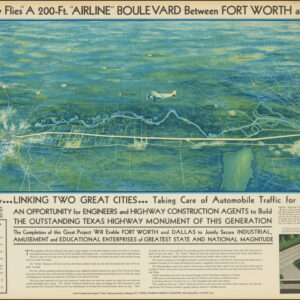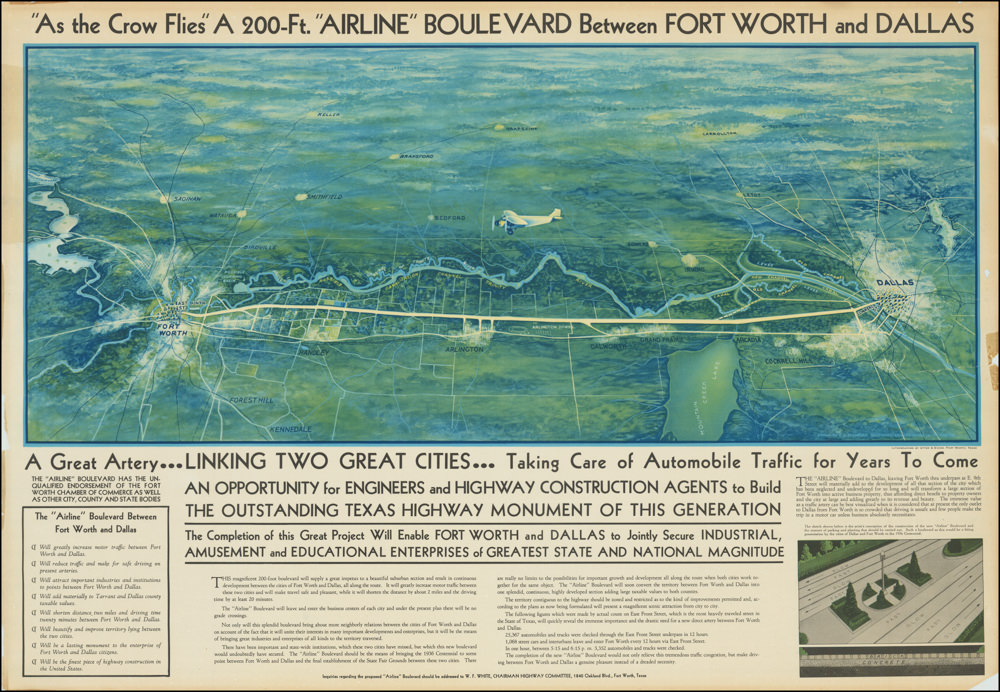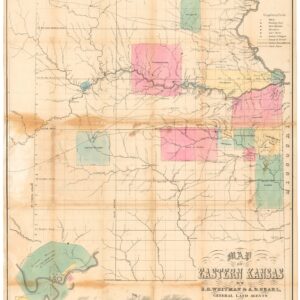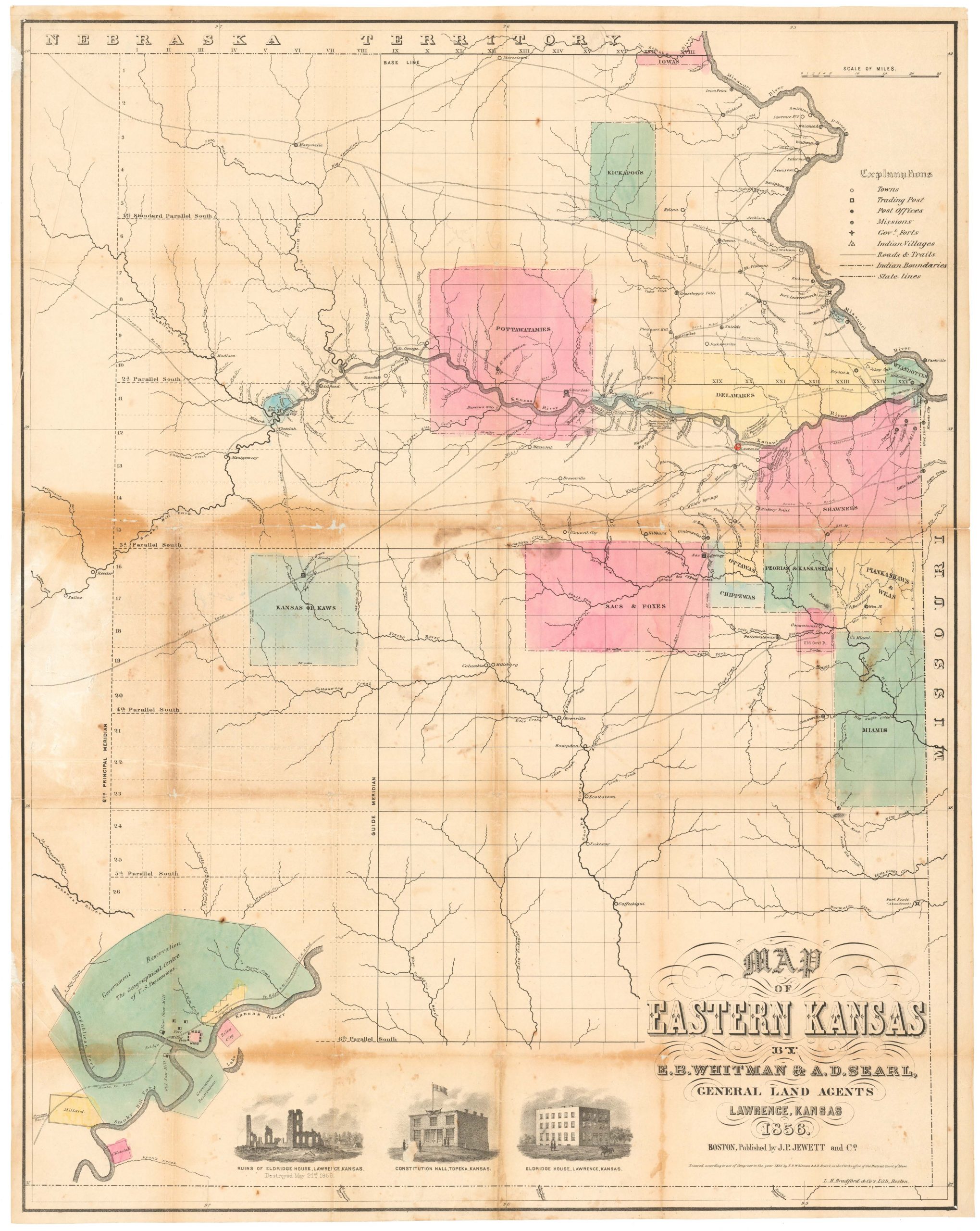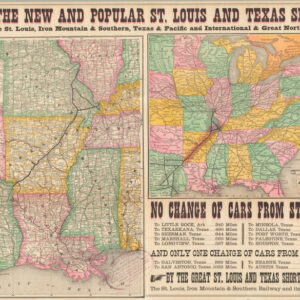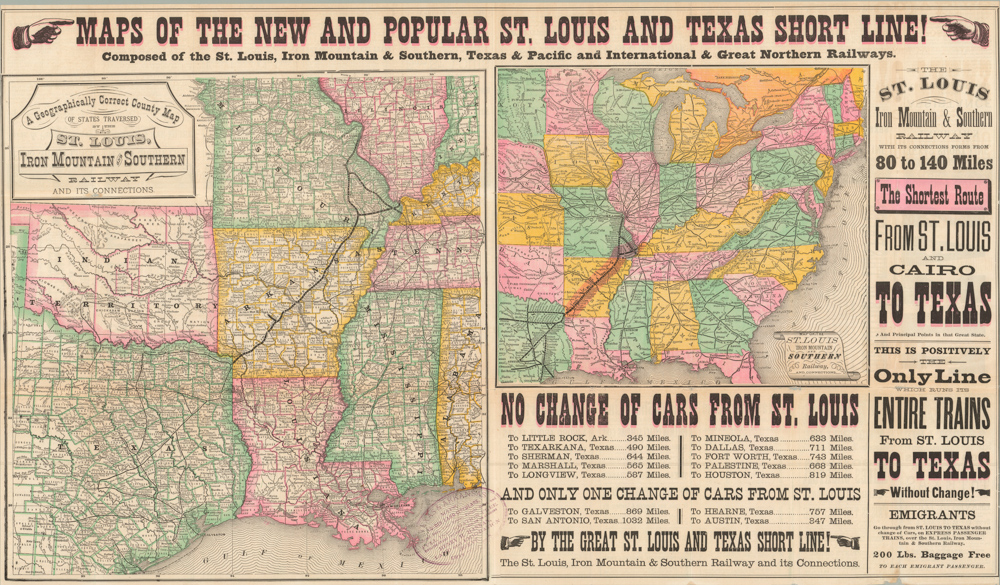A wonderful 1899 panoramic bird’s-eye-view of the route of the Mormon pioneers.
Route of the Mormon Pioneers from Nauvoo to Great Salt Lake [Issued by the New Wilson European Hotel, Salt Lake City]
On Hold
Description
This evocative 1899 pamphlet chronicles the 1300-mile journey of the Mormons from Nauvoo, on the Mississippi River, across the Great Plains and Rocky Mountains to the Great Salt Lake. Filled with images and pictorial vignettes that depict the notable features of the route, the story told by the print manipulates scale in order to emphasize the dramatic aspects of the trek — for example, the crossing of the Great Plains occupies only a small portion on the right of the map.
The route taken by Brigham Young’s party is marked, with each day’s camp indicated. Flanking the route itself are tiny profile views of Chimney Rock, Fort Laramie, Devil’s Gate, Giant Butte, Pulpit Rock and numerous other features of the trail west. Along the bottom of the print is a set of much larger images of scenes and scenery of the journey, including the wagon train crossing a river, a native American village, and the scenery of the Rockies. The print’s narration is said to have been derived from the journals of Orson Pratt and his brother Parley P. Pratt, original members of the “Quorum of Twelve Apostles.”
Cartographer(s):
Millroy & Hayes were partners in a printing firm based in Salt Lake City and active around the turn of the 20th century.
Condition Description
Various blemishes. Professionally restored.
References
